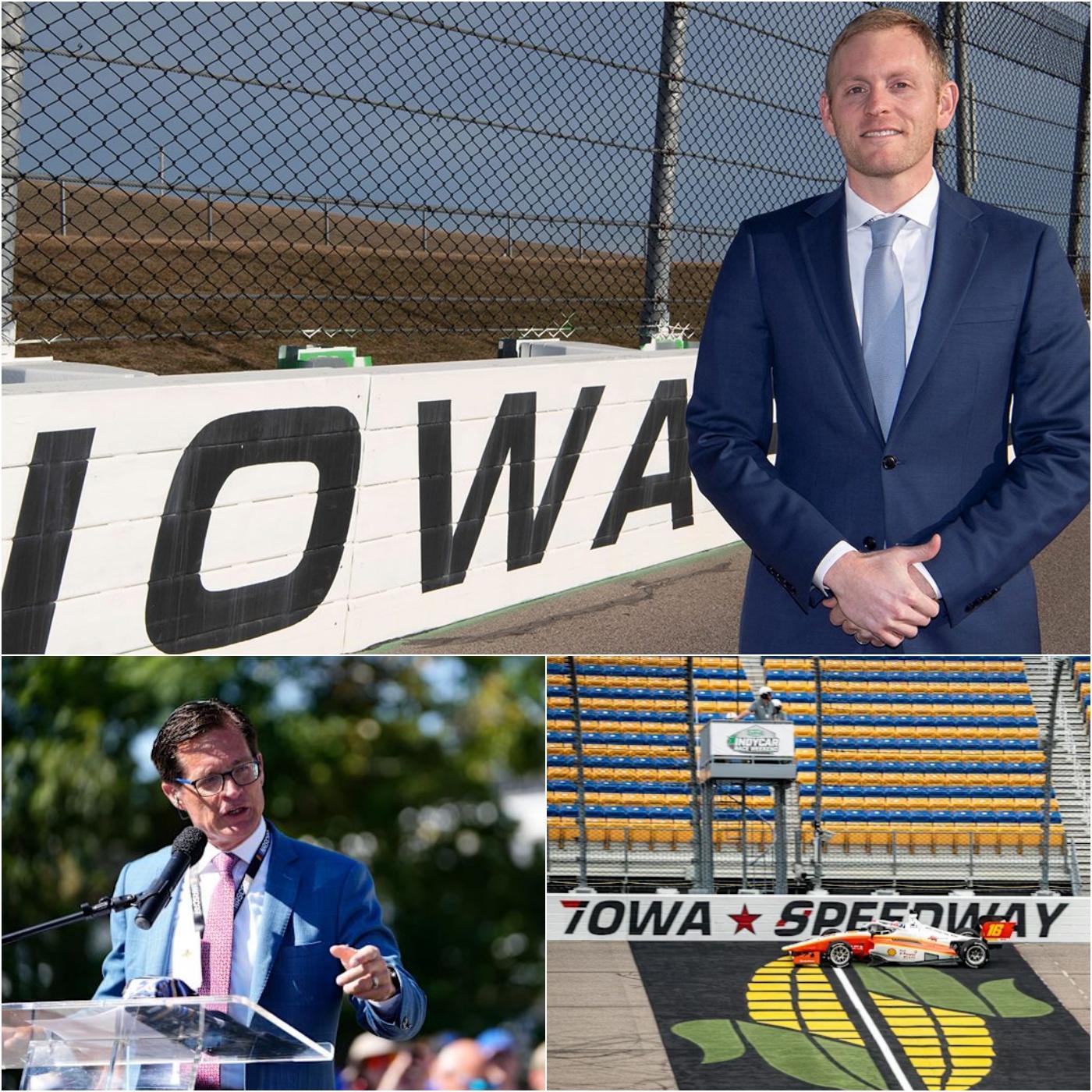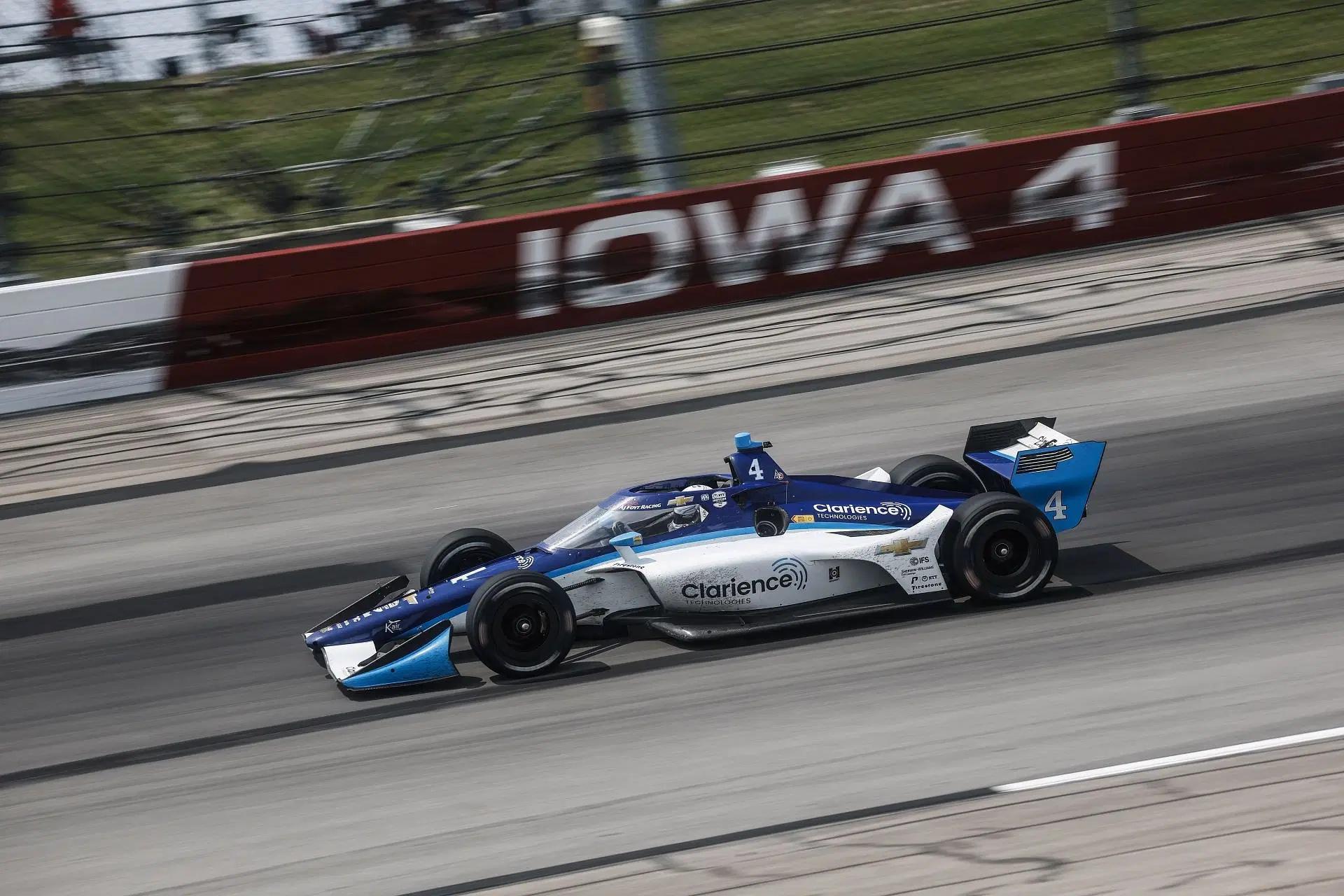Why IndyCar Might Drop Iowa in 2025: A Brewing Cold War with NASCAR
The IndyCar Series has long been a staple of American motorsport, thrilling fans with high-speed races and daring overtakes. Yet, whispers are growing louder that Iowa Speedway, a beloved track on the IndyCar calendar, might be absent in 2025. The reasons behind this potential decision are complex, weaving together scheduling conflicts, economic challenges, and a subtle but undeniable tension with NASCAR. Let’s dive into the factors that could see Iowa vanish from IndyCar’s future, sparking curiosity about the state of open-wheel racing in America.

First, the clash of schedules between IndyCar and NASCAR has become a sticking point. Iowa Speedway has been a shared venue for both series, with IndyCar’s doubleheader weekend in July 2025 drawing crowds to the 0.875-mile oval for the Synk 275 and Farm to Finish 275. However, NASCAR’s recent repaving of the track’s inside lanes, optimized for their Cup Series race on August 3, 2025, has altered the track’s dynamics. The changes have made it harder for IndyCar’s Dallara DW12 cars to deliver the close, competitive racing fans expect, as the new surface prioritizes NASCAR’s heavier stock cars. This shift has led to less memorable IndyCar races, with trailing cars struggling to overtake due to reduced grip and altered aerodynamics. IndyCar’s attempt to counter this with a new aero package and tire construction for 2025, tested by 21 drivers in June, hasn’t fully restored the track’s former glory. The question looms: if Iowa no longer suits IndyCar’s needs, why keep it on the calendar?
Beyond track conditions, economic pressures are tightening the screws. Iowa Speedway relies heavily on local support, with events like Free Family Friday and discounted tickets for Iowa and Iowa State fans boosting attendance. Yet, the economic impact of hosting both IndyCar and NASCAR events is under scrutiny. An Economic Development Impact Study presented by Iowa Speedway President Eric Peterson highlighted last year’s benefits, but the costs of maintaining a dual-series schedule are steep. IndyCar’s doubleheader format, while unique, stretches resources thin, especially when competing with NASCAR’s larger fanbase and media pull. The track’s general manager, Kristin Stepinski, has emphasized the community engagement of IndyCar weekends, but if the financial return doesn’t justify the investment, Iowa’s place on the calendar could be at risk. Could IndyCar afford to lose a track that’s been a cornerstone since 2007, or is the economic math simply not adding up?

Perhaps the most intriguing factor is the unspoken rivalry between IndyCar and NASCAR, a dynamic some are calling a “silent cold war.” While both series coexist at Iowa, their relationship is far from harmonious. NASCAR’s influence over the track’s recent changes, from repaving to scheduling, has sparked frustration among IndyCar officials. IndyCar president Doug Boles has been vocal about maintaining the series’ traditional championship format, resisting NASCAR-style playoffs despite promoter interest. This philosophical divide hints at deeper tensions, with IndyCar fighting to preserve its identity as America’s premier open-wheel series. The repaving controversy, coupled with NASCAR’s growing dominance at shared venues, raises a tantalizing possibility: could IndyCar be quietly pushed out of Iowa to avoid further conflict? The series has already made technical adjustments, like banning barge boards and tweaking tire compounds, to improve racing at Iowa, but these efforts may not be enough to secure its future there.
The potential loss of Iowa Speedway from IndyCar’s 2025 calendar would be a blow to fans who cherish its high-speed battles and storied history. Drivers like Josef Newgarden, with six career victories at the track, and David Malukas, who has consistently performed well there, would miss a chance to shine. Yet, the combination of scheduling conflicts, economic realities, and a simmering rivalry with NASCAR paints a challenging picture. As IndyCar navigates these hurdles, the fate of Iowa hangs in the balance, leaving fans wondering if this iconic track will remain a part of the series’ future or become a casualty of motorsport’s evolving landscape. For now, the Sukup IndyCar Race Weekend continues to captivate, but the road ahead looks uncertain.